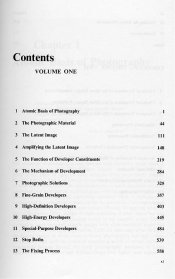Teus
Member
- Joined
- Oct 27, 2006
- Messages
- 11
- Format
- 35mm
Hi there. What do you people think about the Darkroom cookbook and the film developing cookbook? I've searched the forum a bit, it seems to get mentioned often.
The APUG, and internet in general, seem to be one interesting place to look up information about film processing. It just takes too much time to find what I exactly want about films and developers, so I'm thinking about going back the nice and classic books.
I already know a bit about chemistry and film developing, and I'm experimenting to see what's possible and what I like. I know a bit about the zone system, and hate to just guess how the outcome of a film & developer can be. The darkroom cookbook seems to be a nice basic of information, and the film developing cookbook a practical approach of using films and developers.
Are those books extensive enough about films/developres and their properties like tonality curves, grain, acutance, film speed,... and somewhat understandable? Are there better books?
The APUG, and internet in general, seem to be one interesting place to look up information about film processing. It just takes too much time to find what I exactly want about films and developers, so I'm thinking about going back the nice and classic books.
I already know a bit about chemistry and film developing, and I'm experimenting to see what's possible and what I like. I know a bit about the zone system, and hate to just guess how the outcome of a film & developer can be. The darkroom cookbook seems to be a nice basic of information, and the film developing cookbook a practical approach of using films and developers.
Are those books extensive enough about films/developres and their properties like tonality curves, grain, acutance, film speed,... and somewhat understandable? Are there better books?













